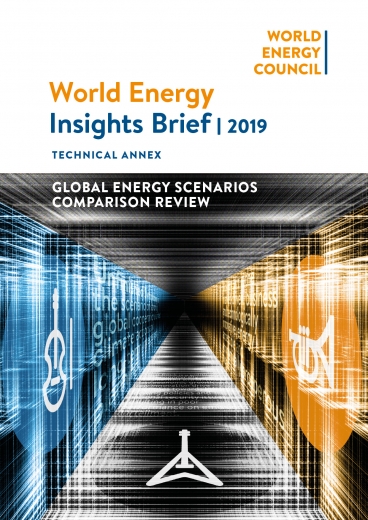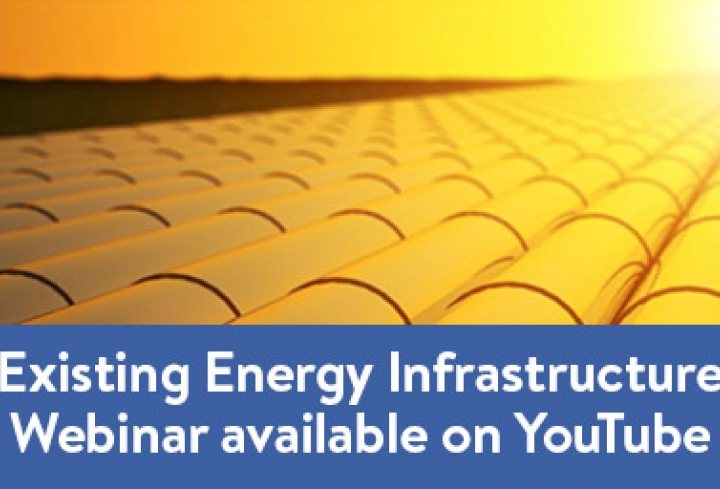Most existing energy infrastructure assets are designed and built to last for decades. These assets do not exist and function in a vacuum; it is only natural that changes in technologies, business models, and government policies will occur over their lifetime. Previously, these changes were simply an evolution of the existing mode of producing, delivering and consuming energy. What is happening today in the energy world is a paradigm shift, characterised by new values of sustainability, flexibility, and affordability, enabled by a completely new way of producing, delivering, and consuming energy. This shift requires a thoughtful process in terms of existing energy infrastructure.
Marzia Zafar, Director of Issues Monitor and Innovation: “There are trillions of dollars already invested in existing energy infrastructure. Stranded assets and early decommissioning can pose an unnecessary obstacle to decarbonisation. It would be foolish to not consider repurposing this infrastructure.”








